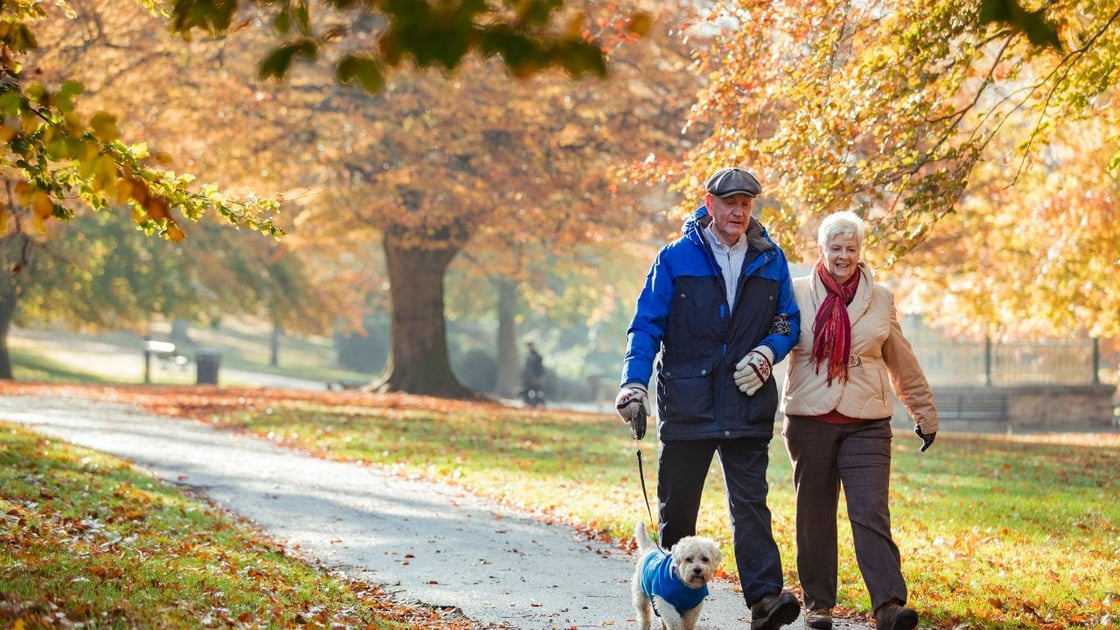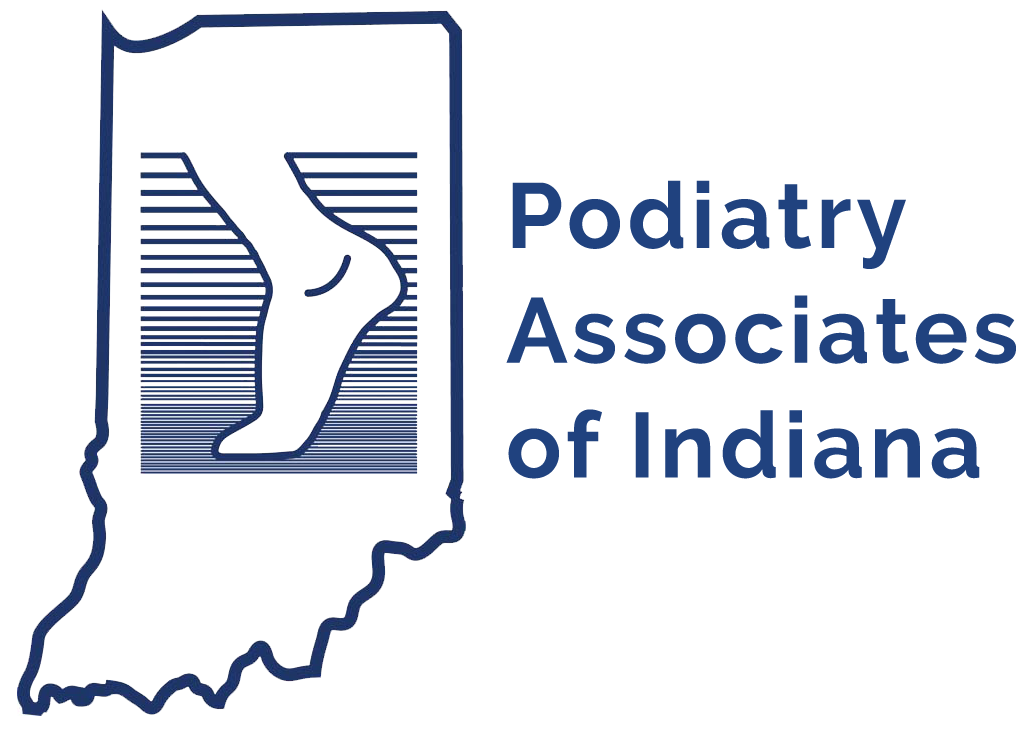Is Your Fall Footwear Causing You Pain? Here’s What to Look For
October 22, 2025 •Podiatry Associates of Indiana

When autumn arrives, it's time to pack away the flip-flops and reach for boots, loafers, and other cold-weather shoes. But if your feet have started to ache lately, your fall footwear might be to blame.
At Podiatry Associates of Indiana, we frequently see patients who experience new or worsening foot pain during the fall season. Often, the culprit is the change in shoes—styles that may look great but don't always support your feet the way they should.
If you're wondering whether your shoes are the issue, read on. We'll help you understand why this happens, what to watch for, and how to make better footwear choices this fall.Why Your Feet Might Hurt More in Fall
Sudden Change in Shoe Type
Going from soft, flexible summer footwear to stiff, closed-toe shoes can be a shock to your feet. If you’ve spent months in sandals or sneakers, jumping into heavy boots or hard-soled shoes may cause stress on your arches, heels, and toes.
Fashion Over Function
Many popular fall styles—like pointed-toe boots, flat loafers, or shoes with minimal cushioning—offer little to no support. While stylish, they can lead to pinching, rubbing, and pressure that irritates the structure of your feet.
Worn-Out Shoes from Last Year
Shoes wear out even if they look okay on the outside. Cushioning breaks down, support weakens, and soles become less effective. If you're wearing last year's boots and they feel different, it might be time to replace them.
Existing Foot Conditions Get Worse
Conditions like plantar fasciitis, bunions, or hammertoes often flare up when the feet are put into tight, unsupportive, or poorly fitted shoes. This is especially true if your shoes don’t have enough room in the toe box or lack proper arch support.
Slippery Fall Surfaces
Fall weather brings wet leaves, uneven ground, and cooler temperatures. Shoes with poor grip or inflexible soles can make walking more difficult and increase the risk of strain or injury.
Signs Your Fall Shoes Might Be the Problem
.jpg?width=300&height=300&name=Foot%20Pain%20(1).jpg) Watch for these common symptoms that often point to shoe-related foot problems:
Watch for these common symptoms that often point to shoe-related foot problems:
- Heel pain, especially first thing in the morning
- Aching arches after walking or standing
- Burning or tingling in the ball of the foot
- Toe cramps, rubbing, or blisters
- Pain along the sides or top of the foot
- General foot fatigue by the end of the day
If any of these sound familiar, your fall footwear may be lacking in support, cushioning, or proper fit. The sooner you address the issue, the better chance you have at preventing long-term foot problems.
What to Look for in Healthier Fall Footwear
When shopping for fall shoes—or evaluating the ones you already have—keep these key features in mind:
1. Proper Fit
Make sure there's enough room for your toes to move freely. Your shoes should feel snug but not tight, with a thumb's width of space in front of your longest toe.
2. Supportive Structure
Look for shoes with built-in arch support, a firm heel counter, and a stable sole that bends at the ball of the foot. Avoid shoes that are overly flexible through the arch or heel.
3. Good Cushioning
Shock-absorbing insoles or midsole padding can help reduce stress on your joints and soft tissues. If your shoes feel “flat” or hard underfoot, they may be worn out.
4. Removable Insoles
Shoes with removable insoles are a great option if you use custom orthotics or want to add extra padding.
5. Non-Slip Soles
Fall often brings slick sidewalks and rainy weather. Choose shoes with textured soles for better grip and stability.
6. Gradual Break-In
Don’t wear new shoes all day on the first try. Ease into them with short walks at first to allow your feet time to adjust.
Fall Footwear Styles That Often Cause Problems
While every foot is different, certain shoe styles are more likely to lead to pain if not chosen carefully:
- Pointed-toe boots or dress shoes – These squeeze the toes and can worsen bunions or hammertoes.
- Flats or loafers with no arch support – These provide little protection against hard surfaces.
- Tall boots with rigid soles – These may restrict natural movement and put pressure on your heels.
- Heavy or oversized fashion shoes – Bulky shoes can throw off your balance and lead to fatigue.
- Worn-out favorites from last year – Even if they still look good, worn shoes often lose their support.
If you love these styles, consider limiting how long you wear them or using orthotic inserts for added support.
How Podiatry Associates of Indiana Can Help
.jpg?width=300&height=300&name=Podiatrist%20(3).jpg) At Podiatry Associates of Indiana, our experienced podiatry team helps patients find relief from foot pain year-round—and that includes evaluating how your shoes may be affecting your foot health.
At Podiatry Associates of Indiana, our experienced podiatry team helps patients find relief from foot pain year-round—and that includes evaluating how your shoes may be affecting your foot health.
We offer:
- Comprehensive foot evaluations to identify the cause of your pain
- Gait analysis to understand how your body moves and what support you need
- Custom orthotics for tailored support in any shoe
- Footwear guidance to help you make smarter choices for the season
- Personalized treatment plans to relieve pain and restore mobility
Whether you're dealing with plantar fasciitis, bunions, or just sore feet after a long day, we’re here to help you step comfortably into fall.
Take the First Step Toward Pain-Free Feet
Don’t let your shoes sabotage your fall activities. If you’re noticing foot pain with your seasonal footwear, it’s time to make a change.
Podiatry Associates of Indiana is here to support your foot health every step of the way—helping you enjoy the season with less pain and more confidence.
Your feet deserve the same care you give the rest of your body. Book an appointment today and find out how we can help you walk comfortably this fall.

